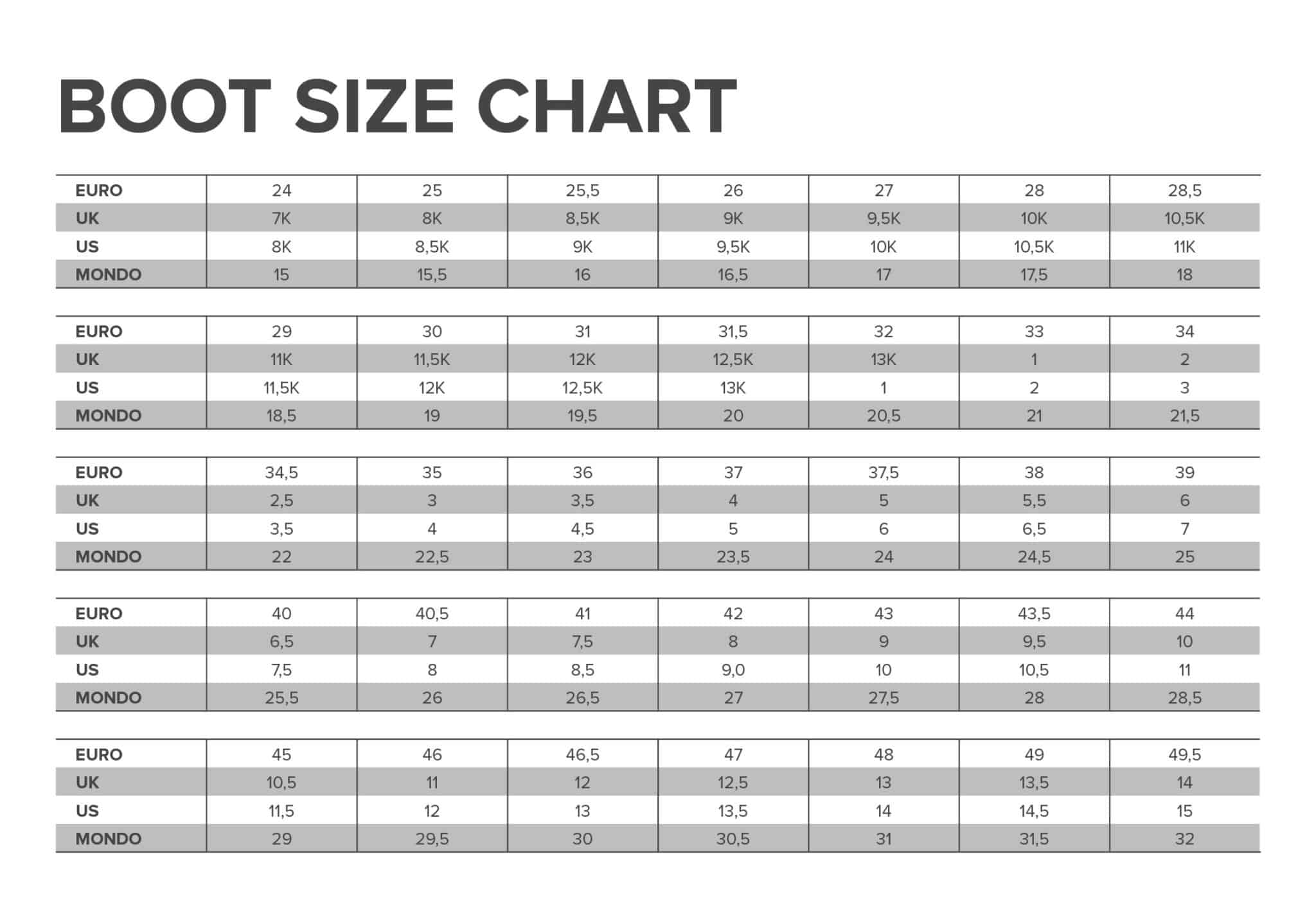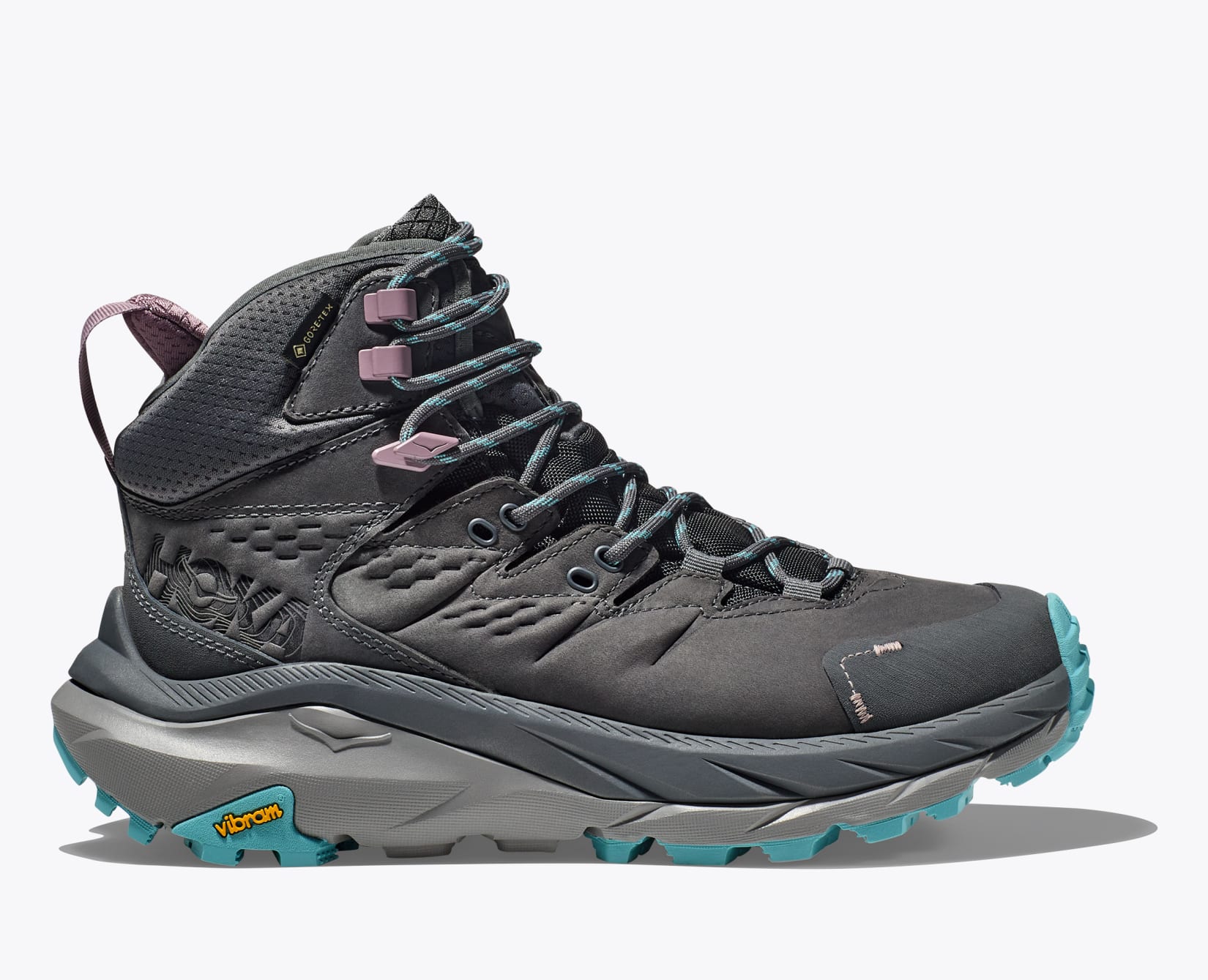Mens Size 10 in Womens Shoes

When it comes to converting men’s shoe sizes to women’s, it’s essential to understand that shoe sizes can vary significantly between brands and styles. However, a general guideline can be applied to find a close approximation.
For a men’s size 10, the equivalent women’s size would typically be around 12. This is because women’s shoes tend to be narrower and smaller in length compared to men’s shoes. Yet, this conversion isn’t always precise due to the aforementioned variations in brand and style, not to mention the unique shape and size of each individual’s foot.
To better understand this conversion, let’s delve into the specifics of shoe sizing. Shoe sizes are measured in different ways depending on the country and the system used. In the United States, for instance, shoe sizes are based on the length and width of the foot. The Brannock Device, a widely used tool for measuring foot length and width, assigns numbers and letters to different sizes. For men, sizes range from 6 to 16, with widths from narrow (2A) to wide (6E). For women, sizes range from 4 to 12, with similar width variations.
Given this context, a men’s size 10 corresponds to a specific length and potentially a medium width. Translating this directly into women’s sizes isn’t straightforward, as women’s shoes not only differ in length but also in how the shoe is shaped to accommodate the foot. Women’s shoes often have a more pronounced tapering at the toe and may have different arch support.
For someone looking for a women’s equivalent of a men’s size 10, trying on shoes and focusing on the comfort and fit rather than just the size number is advisable. This is particularly important because, while a size 12 in women’s might be the general recommendation, individual foot shapes and preferences for tightness or looseness can vary significantly.
Moreover, different brands have different fittings. Some brands cater more towards narrower feet, while others provide a roomier toe box. This variability means that finding the right size involves more than just converting from men’s to women’s sizing; it involves understanding the specific brand’s sizing tendencies.
In recent years, there’s been an increased awareness of the importance of proper shoe fit, leading to more brands offering wide ranges of sizes and widths. This shift towards inclusivity and recognition of individual foot differences makes it easier for everyone to find shoes that fit well, regardless of whether they’re shopping in the men’s or women’s section.
To navigate this effectively, consider the following steps:
Measure Your Feet: Before buying shoes, ensure you know your exact foot length and width. This can be done at home or in a shoe store using a Brannock Device.
Research Brands: Look into brands known for their accurate sizing and wide range of sizes. Some brands are more consistent in their sizing than others.
Read Reviews: Check reviews from other buyers, especially those who mention the fit. This can give you a better idea of how a particular shoe runs.
Try Them On: If possible, try on shoes before buying. This is the best way to ensure a good fit.
Consider Custom or Specialty Shoes: For some individuals, especially those with very specific foot needs, custom or specialty shoes might be the best option.
In conclusion, while a men’s size 10 may generally translate to a women’s size 12, the perfect fit involves more than just size conversion. It’s about understanding your foot, the brand’s sizing, and finding a shoe that feels right. Whether you’re shopping in the men’s or women’s section, prioritizing comfort and a proper fit will always be the key to happy feet.
Frequently Asked Questions
How do I measure my foot to ensure I get the right size?
+To measure your foot, stand on a flat surface with your weight evenly distributed on both feet. Use a ruler or a measuring tape to measure the length from the back of the heel to the tip of the longest toe. For width, measure around the widest part of the ball of the foot. You can also use a Brannock Device for more precise measurements.
What's the difference between men's and women's shoe sizes?
+Men's and women's shoe sizes differ primarily in length and width. Women's shoes tend to be narrower and have a more tapered toe box compared to men's shoes. This means that while there's a general conversion (e.g., men's size 10 to women's size 12), the fit can vary significantly due to these differences in design and the unique shape of each individual's foot.
Why do shoe sizes vary between brands?
+Shoe sizes vary between brands due to differences in manufacturing processes, materials, and design philosophies. Each brand may have its own last (the model or shape around which a shoe is constructed), which affects how sizes are determined. Additionally, brands cater to different foot shapes and preferences, leading to variations in sizing and fit.
Understanding these nuances and taking a more personalized approach to finding the right shoe size can make all the difference in comfort and satisfaction. Whether you’re exploring different brands, reading reviews, or trying on various styles, the goal is always to find shoes that feel like they were made for your feet.


